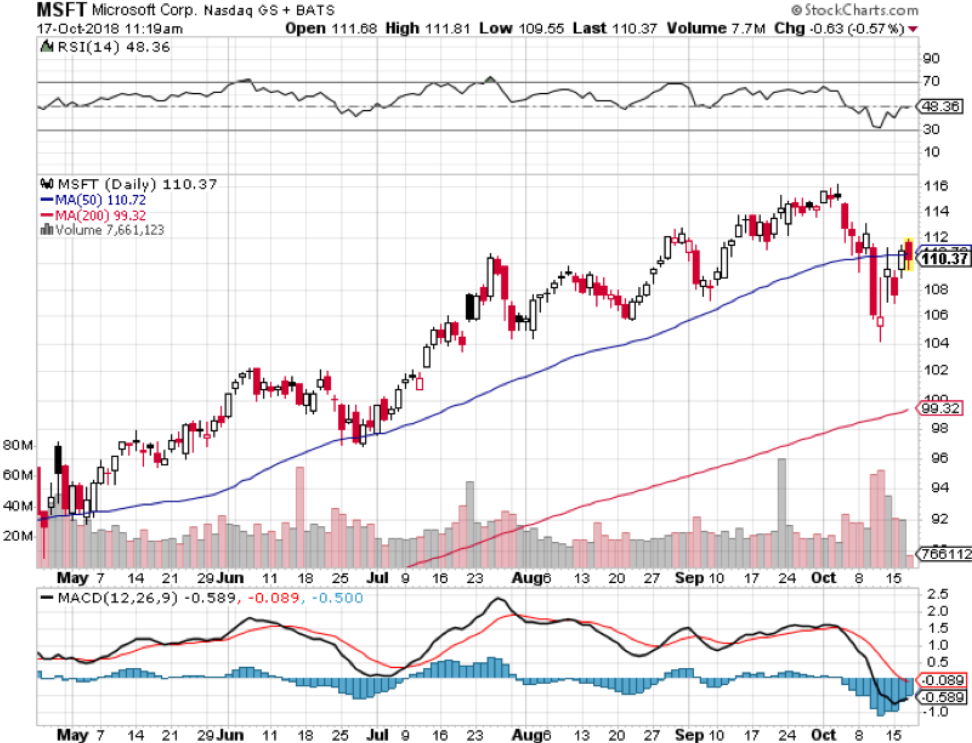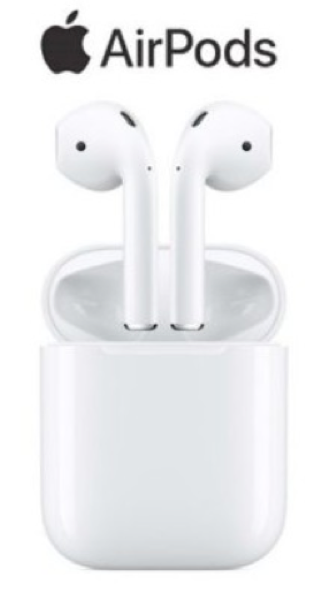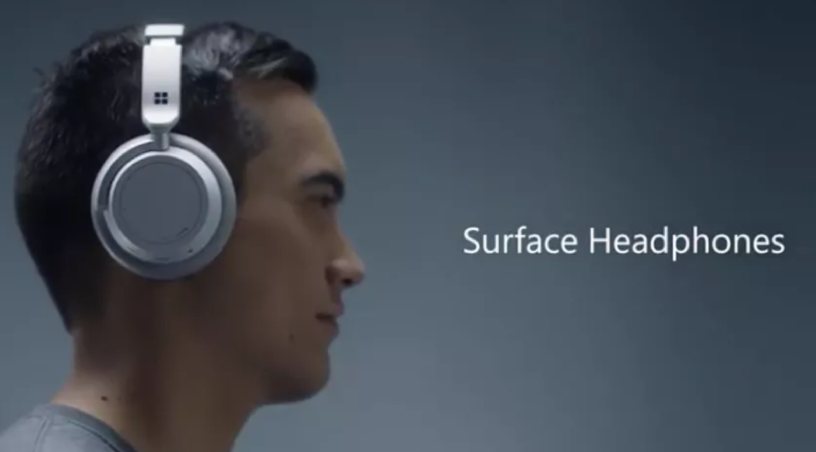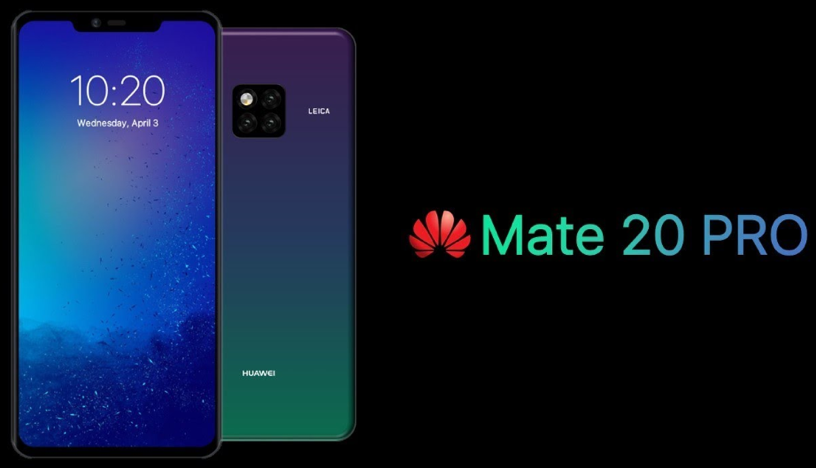Microsoft sells computers?
That was the bizarre look I got after telling my friend that Microsoft (MSFT) is in the business of selling laptops, desktop computers, and tablets that convert into laptops from a product line called Microsoft Surface.
This is not your father’s Microsoft.
Things are different now.
Everything changed once they got rid of Steve Ballmer whose inertia prevented Microsoft from taking advantage of the huge influence they culled in the tech sector from being the universal operating system for PCs.
Ballmer’s lack of technical expertise was his own downfall stemming from his terrible decision to buy Nokia’s handset business for $7.6 billion.
The board of directors forced him out and was a blessing in disguise.
Thousands were laid off in the Nokia handset division and a massive write-down was taken.
As big tech spread out their wings and branch off into various businesses they never imagined before, they have reinvented the former images of themselves.
This goes for Microsoft who’s taking their legacy business of Microsoft Office and Windows and leveraging it with the cloud to create a stellar product.
And with the cash hoard, not only are they creating new products by fusing together old products with new technologies, they are overlapping into other big tech companies’ turf.
The overlapping products can be seen in hardware products made by this software behemoth and their neighbors.
The Microsoft Surface division is up 25% YOY speaking volumes to the quality hardware Microsoft produce now even if you didn’t know about it.
Apple (AAPL) has attracted most of the conversation in the "smart" headphones space because of the AirPods.
The sleek white earbuds are becoming ubiquitous with the headphone space trending to a smaller and "true" wireless.
A schism has formed as the AirPods don’t satisfy the entire spectrum of smart headphone fans.
The retro ear-muff shaped headphone with more immersive sound is what I am talking about, and I do recognize that Beats has been in the market for a decade.
Microsoft chose to go this route with their smart headphones and this is their answer to the iconic AirPods and the Google (GOOGL) Pixel Buds.
This smart headphone comes with an embedded digital assistant and integrates noise cancellation.
I tried out the Microsoft's Surface Headphones before they came on the market, and I only had positive things to say about the quality and experience.
They sound impressive, the controls are easy to use, and the modern design is definitely a plus.
The color could use a little reimagination but all in all, I was pleased.
Microsoft Cortana, Microsoft’s digital assistant, for all who don’t know, is also slipped into the experience and a tap on the right earcup will summon Cortana.
It seems that Microsoft still needs a few kinks to work out with Cortana, but voice activation and smart assistants like Siri and Google Assistant can be found in almost every hardware and software product now.
Headphones are city workers’ second most important smart device because of its functionality.
Have you ever been on the New York metro and seen how many people are wearing smart headphones?
Quality headphones shut off the outside world and warm up the insides with the user’s favorites on Spotify (SPOT) or Apple Music.
Stressing out on the commute into work in an Uber is common and calming the frayed nerves before workers enter into the office of dungeons and dragons has a type of value that can never be replicated.
Urban dwellers need high-quality smart headphones and these big tech companies are acutely aware of this.
Google has made an audacious attempt to integrate real-time foreign translation into the Pixel Buds. It only works with Google’s Pixel phones, is hard to operate, and needs the Google Translate app on the phone.
It’s a good first step but the applications using smart headphones are endless.
Smart assistants are the key.
As they become more adept at processing the real world, they streamline and better a human’s life.
Microsoft’s smart headphones have embedded Skype, one of Ballmer’s positive acquisitions during his tenure. And with Cortana integration, it could morph into a natural extension of the Windows 10 experience.
Microsoft’s smart headphones morph into a point of conversion for more of Microsoft’s hardware products as they start to construct an expanding moat.
Headphones used to be more or less the same.
Plug it into the jack and you’re on your merry way.
The headphones of today are looking more different from each other with every iteration.
This was glaringly evident when Apple chose to no longer sell any phones with a 3.5mm headphone jack.
Ironically enough, Google dumped the headphone jack with its Pixel 2 phones a year later even though they bashed Apple for it a few months earlier.
The reason was mainly functional as Google said, “We want the display to go closer and closer to the edge.”
Gradually, smartphones will get rid of everything except a razor-thin screen. All the other clunky business in and around it needs to go. This is the first step and home buttons have been chopped off smartphones as well.
It is fine to get consumed in the battle of smart products between Silicon Valley companies, but there is a larger threat.
Chinese smart products are rapidly catching up to what American companies can produce.
The Middle Kingdom hasn’t surpassed American tech expertise yet but they are debuting devices relative to the competition that could only be dreamed about a few years ago.
Huawei's flagship smartphone Mate 20 and Mate 20 Pro pack a lot of punch and this must be frightening to the FANGs.
The timing of the phone debut is a big victory for American smartphone companies because this phone is good enough to grab market share from existing American companies but aren’t allowed to sell inside America.
Congress putting the kibosh on any sliver of a chance to partner with an American carrier means that there will be no chance of Chinese phones gutting the American smartphone market.
What it does mean is that they will invade and dominate other markets such as South East Asia, Eastern Europe, and Russia.
The same will go for any Chinese smart device.
Huawei has given up trying to circumvent the government blockade.
The Huawei Mate 20 is priced around $800 and the Mate 20 Pro at $1140. They are probably two of the best smartphones ever made and are a direct threat to any American company’s revenue that manufactures smartphones and smart devices.







